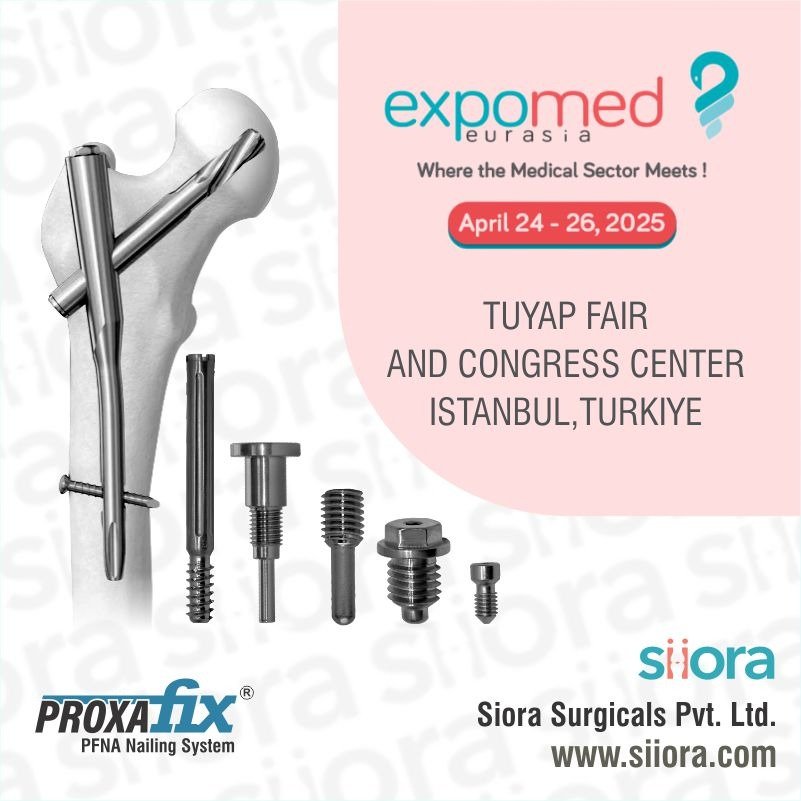In orthopedics, surgical site infection (SSI) after implant surgery is a disaster both for the surgeon as well as the patient. This results in increased antibiotic use, repeated debridement, prolonged hospital stays, prolonged rehabilitation, and morbidity as well as mortality. SSIs are important complications of orthopedic procedures that include prosthetic implants.
The number of aged and trauma patients needing joint replacement or internal fixation devices is progressively increasing. Open reduction and internal fixation (ORIF) of fractures with orthopedic implants and prostheses became the predominant modality of fracture treatment in most trauma centers. This is not only due to the better understanding of the biomechanics of implantable materials but also more importantly due to the better functional consequence in these patients.
Incidentally, this is related to post-operative wound infection (POWI) reported being in the series of 0.8–13% for both superficial and deep infections with increasing cost and morbidity. This category of patients is mainly vulnerable because ORIF interferes with the supply of blood to the bones and implants are foreign bodies, which offer surfaces for bacterial adherence. Despite significant progress in the prevention and treatment of implant-related infections, the absolute number of patients with such infections is rising because of the lifelong risk for bacterial seeding on the implant. The SSI prolongs hospital stay on average for two weeks, doubles re-hospitalization rates, and costs may increase by over 300%. Moreover, patients can have physical limitations and a noteworthy reduction in the quality of life. The pathogenesis of infection in fracture fixation devices is associated with microorganisms, which grow in biofilm, and thus its eradication is hard.
In prosthetic joint infections, early infection is well-defined as a manifestation of infection at the ortho implant site during the first three months after surgery. Delayed infection is well-defined as the manifestation of infection 3 to 24 months after surgery. Late infection is well-defined as the manifestation of infection more than two years after surgery.








